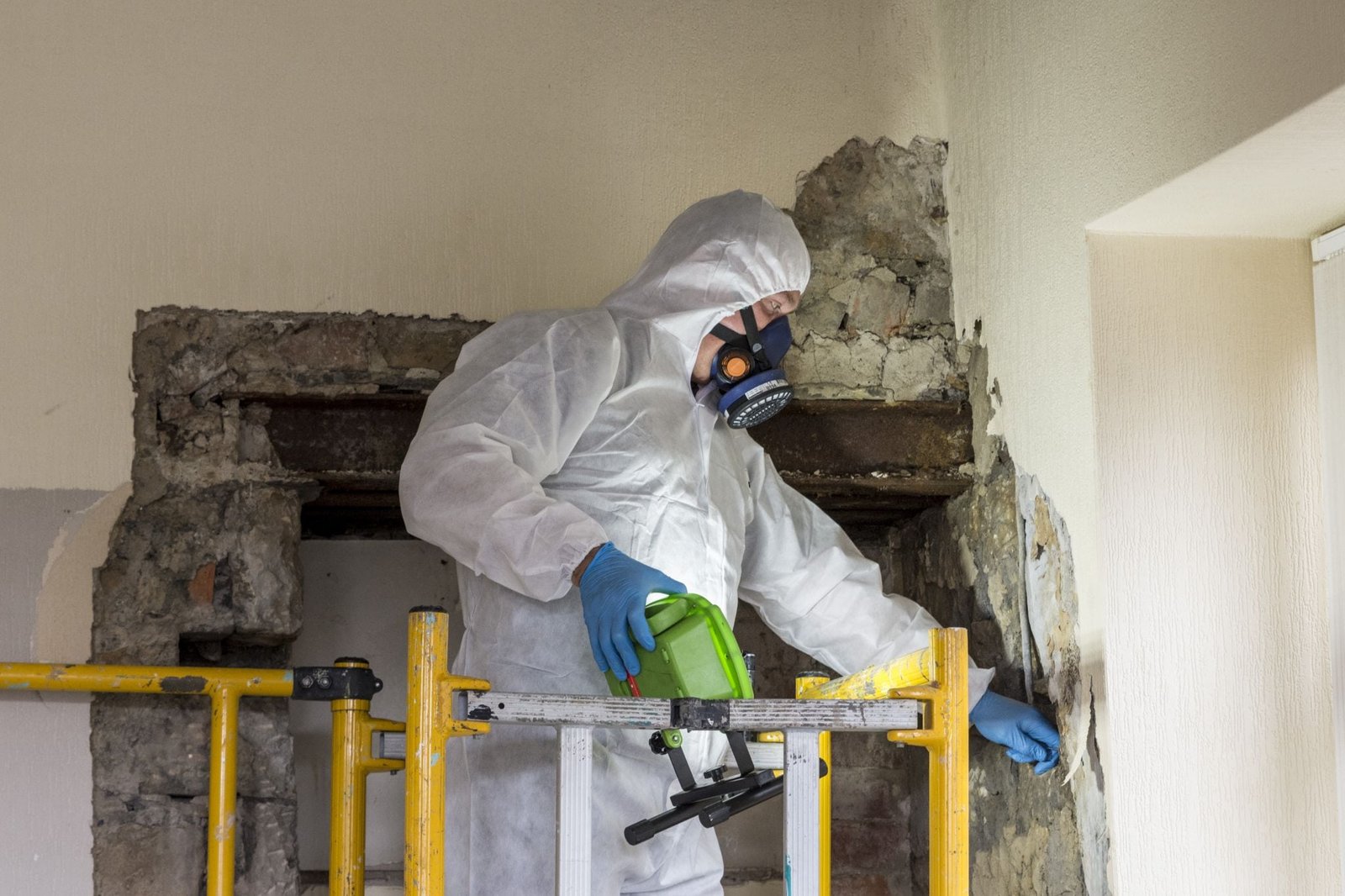Creating an asbestos awareness program is essential for ensuring safety in workplaces, schools, and public spaces. Asbestos is a hazardous material, and raising awareness about its dangers can protect people from exposure and serious health risks. If you’re looking to develop an effective program, follow these steps to ensure it’s impactful and complies with regulations.
Understand the Importance of an Asbestos Awareness Program
Before creating an asbestos awareness program, it’s important to understand its purpose. Such a program educates individuals about the risks of asbestos exposure, safe handling practices, and compliance with local laws. It empowers people to identify potential hazards and take necessary precautions, reducing the risk of asbestos-related illnesses.

Identify Your Target Audience
When planning your asbestos awareness program, identify who the program is for. Is it for employees, contractors, students, or the general public? Knowing your audience helps tailor the program to their needs. For example, a program for construction workers might focus on safe handling, while one for office staff might emphasize identifying potential asbestos-containing materials.
Research Local Regulations and Requirements
Compliance with local asbestos laws is a crucial part of creating an asbestos awareness program. Research the rules and guidelines in your area to ensure the program aligns with legal requirements. These regulations may dictate what information needs to be included and who should participate in the program.
Develop Clear and Simple Educational Materials
One of the most critical steps in creating an asbestos awareness program is preparing the materials. Use simple, straightforward language and avoid overly technical terms. Include detailed explanations about asbestos, its dangers, and how to recognize it. Use visual aids like images, videos, and infographics to make the content engaging and easy to understand.
Provide Practical Training Sessions
To make the asbestos awareness program effective, include hands-on training sessions. These sessions should demonstrate how to safely handle asbestos-containing materials, recognize potential hazards, and report issues. Practical exercises help participants retain the information and apply it confidently in real-life situations.
Include Specific Procedures for Emergencies
An asbestos awareness program should also cover what to do in emergencies, such as accidental exposure or discovery of damaged asbestos materials. Teach participants how to evacuate safely, contain the area, and contact certified professionals for assistance. This ensures quick and effective action to minimize risks.
Engage Certified Asbestos Experts
Collaborate with certified asbestos professionals to deliver accurate and up-to-date information. These experts can help design the program, conduct training sessions, and answer participants’ questions. Their involvement enhances the credibility and reliability of the asbestos awareness program.
Use Multiple Channels for Delivery
To reach a broader audience, deliver the program through various channels. This could include in-person workshops, online courses, printed materials, or webinars. Offering multiple formats ensures accessibility for different participants and increases the program’s impact.
Evaluate the Program’s Effectiveness
After implementing the asbestos awareness program, assess its effectiveness. Gather feedback from participants to identify areas for improvement. Conduct quizzes, surveys, or practical tests to measure how well the information was understood. Regular evaluations help you refine the program and keep it relevant.
Regularly Update the Program
Asbestos regulations and safety practices evolve over time. To keep your asbestos awareness program effective, update it regularly with the latest information and guidelines. Ongoing updates demonstrate your commitment to safety and ensure participants stay informed about current best practices.
Conclusion
Creating an asbestos awareness program is a vital step in promoting safety and preventing asbestos-related health issues. By understanding your audience, complying with local laws, and providing engaging educational materials, you can create a program that makes a real difference. Remember to evaluate and update the program regularly to maintain its effectiveness. With the right strategies, your asbestos awareness program will help keep people safe and informed.




